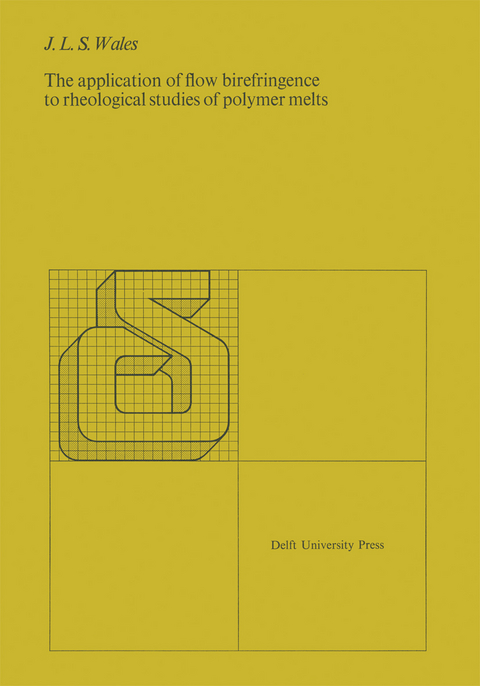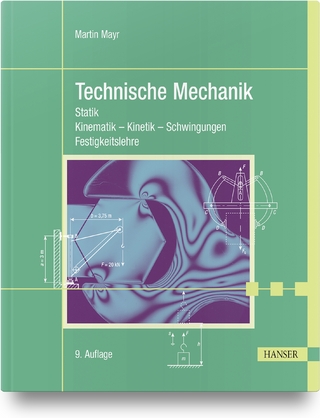
The application of flow birefringence to rheological studies of polymer melts
Kluwer Academic Publishers (Verlag)
978-90-298-0102-7 (ISBN)
1. 1 Preamble The science to which this work is appended is termed rheology and rheology means the study of flow and deformation of liquids and solids with emphasis on the underlying physical processes. Characteristic for solids is that they respond to a force by deforming, and, on removal of the force, by returning to their original shape. This type of re sponse is termed elastic. Characteristic for liquids is that they deform and continue to deform as long as the force is present. This type of response is termed viscous. The two definitions just given for viscous and elastic response represent ~wo extremes of response to an external force. Materials do not always fall readily into one or the other of the above-mentioned categories. An additional parameter is needed to describe material response more fully. The extra param eter is time. As a general rule the faster the deformation the closer the re sponse is to being elastic, the slower the deformation the closer the response is to being viscous. Slow and fast . are factors relative to some natural time, T, of the material. This natural time may be thought connected with the rates of spontaneous diffusion of its molecular and atomic constituents. For every day fluids as water, the natural time is very short, of the order of 10-10s 1) and hence for most purposes is considered as being viscous.
1. Introduction.- 1.1 Preamble.- 1.2 Linear Viscoelasticity.- 1.3 Normal Stresses in Simple Shear Flow.- 1.4 Flow Birefringence.- 1.5 Scope of the Investigation.- 2. Apparatus.- 2.1 The Cone-and-Plate Apparatus.- 2.2 The Slit Apparatus: Measurements in the 1–3 Plane.- 2.3 The Capillary Apparatus: Measurements in the 2–3 Plane.- 2.4 Measurement of the Path Difference.- 2.5 The Slit Viscometer.- 3. Materials.- 4. Theories.- 4.1 Molecular Theories.- 4.2 The Distribution Function (Basic Theory).- 4.3 The Elastic Dumbbell Model.- 4.4 The Rouse Model.- 4.5 Molecular-Phenomenological Theories.- 5. Results.- 5.1 The Stress-Optical Law.- 5.2 Intrinsic Quantities at Zero Shearing.- 5.3 Results with the Slit Apparatus.- 5.4 Results with the Capillary Apparatus (n22 – n33).- 5.5 Applications.- 6. Discussion.- 6.1 The Stress-Optical Relation.- 6.2 The Diffusion Equation.- 6.3 The Deviatoric Components.- 6.4 The Molecular Models Applied to Melts.- 6.5 Steady Shearing — Oscillatory Shearing.
| Erscheint lt. Verlag | 31.3.1976 |
|---|---|
| Zusatzinfo | VII, 111 p. |
| Verlagsort | Dordrecht |
| Sprache | englisch |
| Maße | 170 x 244 mm |
| Themenwelt | Naturwissenschaften ► Physik / Astronomie ► Mechanik |
| Technik ► Maschinenbau | |
| ISBN-10 | 90-298-0102-6 / 9029801026 |
| ISBN-13 | 978-90-298-0102-7 / 9789029801027 |
| Zustand | Neuware |
| Haben Sie eine Frage zum Produkt? |
aus dem Bereich


